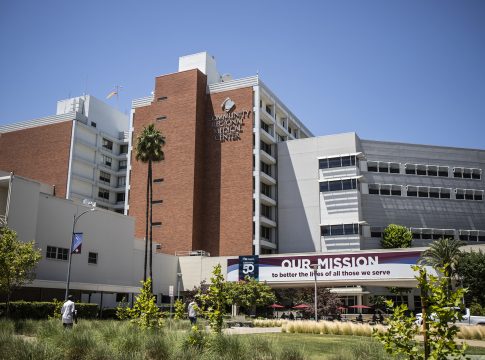California’s New Investment in Mental Health: What You Need to Know
In a significant step toward addressing mental health care in California, Governor Gavin Newsom recently announced the allocation of nearly $3.3 billion from a $6.4 billion mental health bond approved by voters last year. This funding is set to create over 5,000 new treatment beds and nearly 22,000 outpatient slots for individuals grappling with mental health and addiction issues.
A Timely Opportunity for Change
The urgency surrounding mental health care has never been more pronounced. Governor Newsom has emphasized the need for swift action to tackle this growing crisis, stating, “It’s the issue of our time, and we’re not taking our time.” Many mental health advocates and county leaders commend the speed of fund allocation and the improved geographical distribution, especially benefiting areas like the Central Valley that have historically been underfunded.
However, some experts caution against rushing the process. The concern is that in the eagerness to deploy these funds, we might overlook a comprehensive evaluation of what mental health services are truly needed in various communities. This is particularly crucial as new policies affecting mental health care come into effect.
Understanding the Distribution of Funds
This funding, derived from Proposition 1—approved with a narrow margin—aims to support not only treatment beds but also permanent housing with associated services for those struggling with mental illness or addiction. Notably:
- Los Angeles County has secured over $1 billion for 35 projects.
- The Bay Area received nearly $500 million for 19 initiatives aimed at enhancing mental health resources.
- Fresno County, previously overlooked, has been awarded grants that will significantly boost local treatment options.
Among the funded projects are various settings, including residential facilities for addiction treatment and outpatient mental health services, reflective of a growing recognition of the diverse needs within the community.
The Importance of Tailored Solutions
Mental health advocates stress a tailored approach is essential for the success of these initiatives. Core challenges include:
- A lack of clarity regarding existing services in each county.
- The need for specialized treatment options to accommodate the complexities of individual cases.
Community mental health programs must not only emerge but also evolve to meet new demands and changes in policies. Insightful research reveals a particular shortage of short-term crisis beds, which are often less costly and restrictive. Expanding these options could significantly impact immediate care availability.
Navigating Challenges Ahead
As California works to implement these programs, there are several logistical hurdles to overcome:
-
Tight Timelines: Many projects funded by Proposition 1 are expected to start or complete construction within the next couple of years, which can be challenging given California’s historical issues with slow construction timelines.
- Local Support: Projects still face potential delays from community pushback—often referred to as NIMBYism (Not In My Back Yard)—which can complicate planning and approvals.
To succeed, it’s crucial that local communities remain engaged in discussions about mental health resources, ensuring that projects align with the actual needs and capacity of the areas they serve.
Encouraging Community Involvement
As Californians observe the roll-out of these funding initiatives, it is essential to emphasize the importance of community involvement and awareness. Residents can play a crucial role by:
- Staying Informed: Keep track of local mental health initiatives funded by Prop 1.
- Advocating for Local Needs: Engage with local leaders to ensure that services align with community needs.
- Supporting Local Programs: Volunteer and support organizations focused on mental health within your area.
In conclusion, while California is poised for transformative change in mental health care, the journey ahead requires careful consideration, community engagement, and sustained commitment to meet the varying needs of its residents. Together, we can foster a more compassionate and effective mental health landscape.

Covers wellness, nutrition, mental health, and daily life tips.
Bio: Talia brings a background in health journalism and holistic living to help readers live better, one tip at a time.

